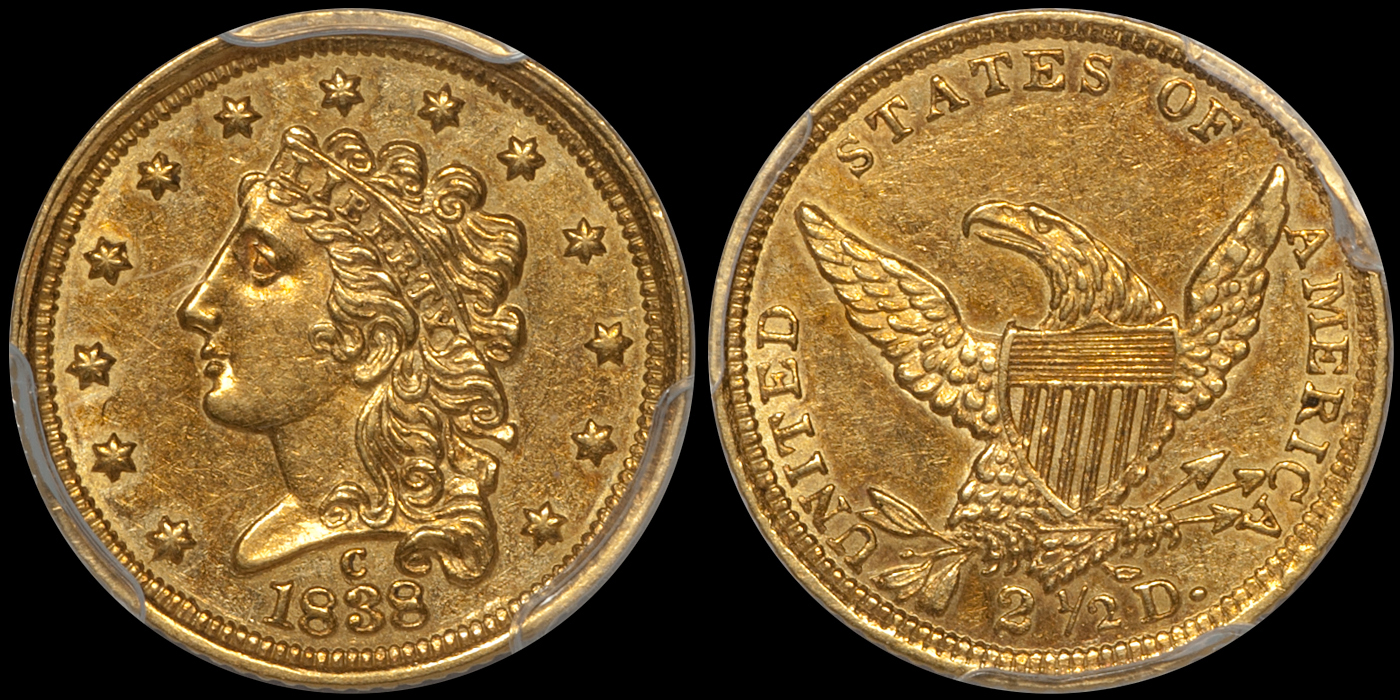One Bad Apple Don't Spoil The Whole Bunch
/(Or Why One Bad Auction Result Shouldn't Take Down Price Levels on Specific Coins)
As a dealer, I’ve seen it dozens—if not hundreds—of times. A fairly scarce issue has been selling for, say, $5,000 for the last few years. Oh, sure, there’s been some variation: a PQ example sold for $5,750 and one with some scuffs in the left obverse field brought $4,750. But the price for this issue has remained fairly consistent over the last few auction appearances.
Until the unthinkable happens.
A very low-end example of this specific issue hammers for $3,250. And you happen to have a pretty nice piece in stock that you paid $4,750 for and were asking $5,250. You take the coin to the next major show and three people pull the coin from your box. You quote $5,000. All three people quickly pass on the coin. When a fourth potential buyer passes on it as well, you ask him why.
“This recent APR of $3,250 is going to make it hard for me to sell the coin,” he says.
“But look at the coin that sold for $3,250. It’s majorly ugly with splotchy toning,” you reply.
He hems and haws but you already know what he is thinking: your coin is now worth $3,250.
And that, in a nutshell, is the major problem with trading in a thinly capitalized market with a great deal of subjectivity inherent in coin grading.
There are instances when a downturn in price is 100% legitimate. As an example, there are numerous Carson City double eagles coming into the market in 2019. If you look at a coin such as the 1889-CC in AU58, you’ll see an issue which has dropped 30-40% in value. But this isn’t the result of a single bad coin; it’s the result of an oversupply of coins.
1838-C $2.50 PCGS AU58 CAC
Let’s look at a specific instance where the sale of one coin has hurt the value of a legitimately rare issue: an 1838-C quarter eagle in AU58. This coin is not only conditionally rare; it is numismatically significant as it is the very first quarter eagle from the newly-opened Charlotte mint.
In December 2017, an example of this issue graded AU58 by NGC brought $13,200 at auction. In my opinion, the coin wasn’t especially nice and its price realized was reflective of this.
No other examples of this date in AU58 had sold at auction since 2012 when a PCGS coin brought $17,625 and, three months before this, an NGC coin realized $16,738.
As a result of the 12/17 APR, the value of an NGC AU58 1838-C quarter eagle theoretically dropped nearly 30%.
There is, of course, an argument that can be made against this. Every coin is different and a nice NGC AU58 1838-C quarter eagle is clearly worth more than an average one, or a low end one. But unless your coin is CAC stickered or it crosses to PCGS, there is a strong possibility that the next 1838-C which sells (privately or at auction) is going to have its value based on this one transaction.
What can be done to combat the One Bad APR Conundrum that plagues the rare date gold market?
I think the answer is being an informed collector or dealer. It has been established that coins basically come in four flavors:
PCGS/CAC
NGC/CAC
PCGS non-CAC
NGC non-CAC
If we have established that a mediocre NGC AU58 is worth $13,200, we can interpolate the following values for “better” examples:
PCGS non-CAC: $14,000-15,000
NGC/CAC: $15,000-16,000
PCGS/CAC: $16,000-17,000+ (a really PQ example might actually bring as much as $18,000 or even $19,000)
The problem with this is that no price guide can publish four different values for each US coin in every pertinent grade. This would be a Herculean task, not to mention one which would take up considerable bandwidth.
The best answer I can give is to become knowledgeable with the series you collect or if you are a dealer, the various series in which you specialize. Become comfortable enough with valuations that you know which coins are desirable enough to not lose 30% of their value based on one bad auction result and which coins have a tenuous enough value that one bad apple can actually spoil the whole bunch.













